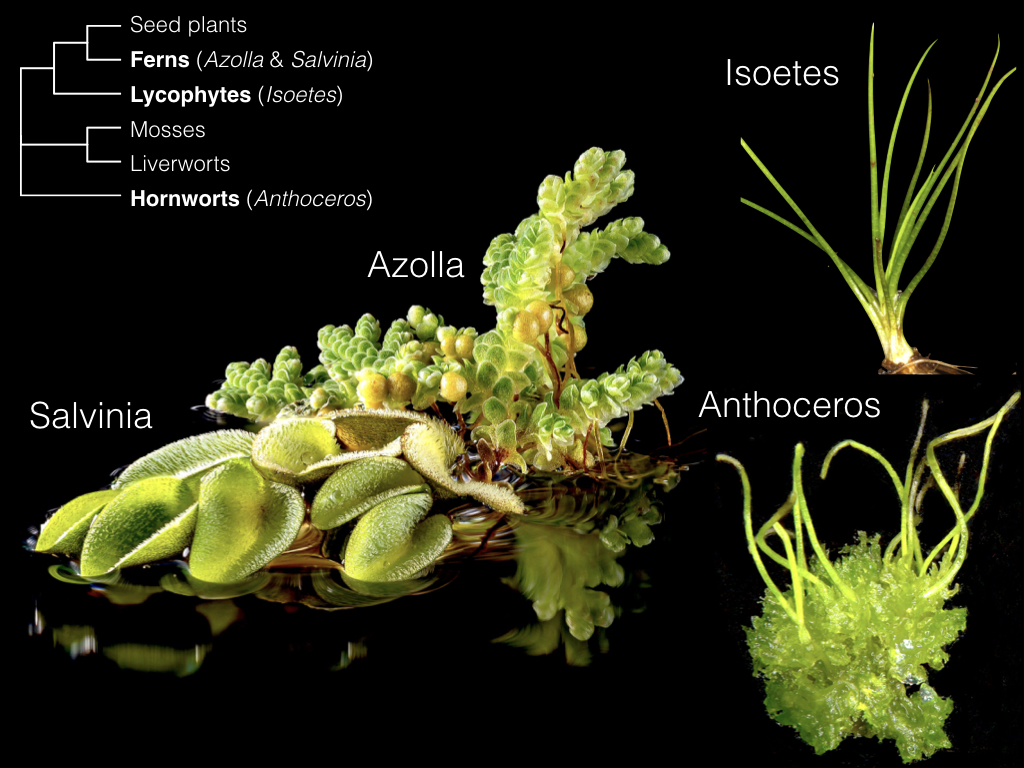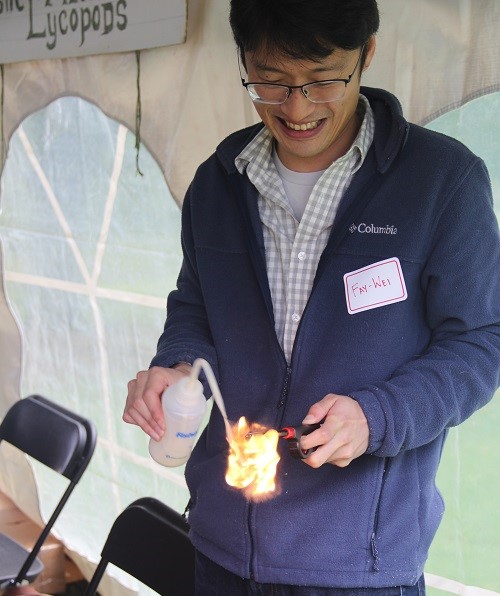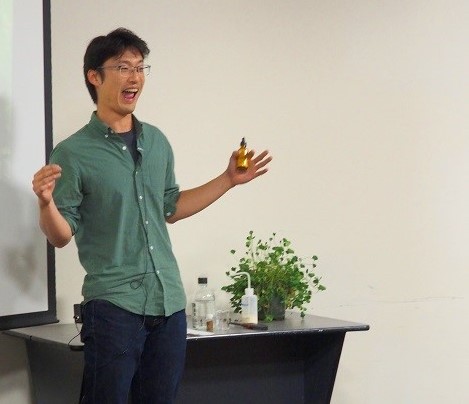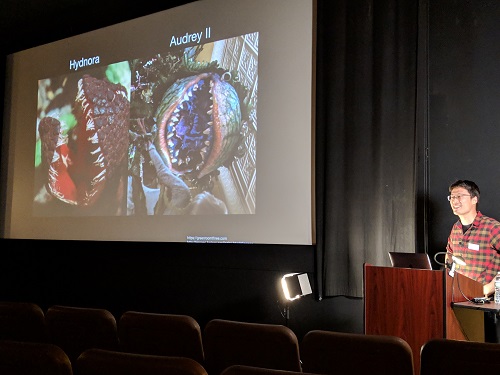About the department: I’m an assistant professor at Boyce Thompson Institute (BTI), which is an independent research institute on the Cornell campus. A wide variety of research is happening at BTI, most of which centered on plants. I also have a joint appointment in the Plant Biology Section at Cornell University.
About the research: We are broadly interested in the evolutionary processes at the gene, genome, and microbiome levels that shaped the plant diversity. We mostly focus on “seed-free” plants (ferns, lycophytes, and bryophytes), and anything that has a weird biology. The main project right now is on the diversity, ecology, and genetics of hornwort-cyanobacteria symbiosis.
What has been the biggest challenge as a new PI so far? The most stressful part was getting funding for sure. Whether or not I can keep my job clearly hinges on this, and the low funding rate drives the anxiety level up even further. After three declines, I finally got one awarded last year. I think I’m calmer now (?).
What has been the biggest surprise so far about being a new PI? It’s not ok to be the first one in line for free food : (
How have you prepared to be a PI? While I was a PhD student at Duke,
Cathy Rushworth and
Mohamed Noor had a course on exactly this topic – how to be a PI. It was eye-opening for me, and made me aware of implicit bias, managing expectation, different styles of mentoring, … etc. I feel very glad, almost every day, that I took this class. I’m also fortunate to have amazing mentors from whom I have learnt a great deal; I often find myself thinking, “what would they do in this situation?”
When was your first Evolution Meeting, and how did it affect your career? My first Evolution meeting was in 2014 in Raleigh, NC. Phylogenomics started to take off around that time, and it was exhilarating to be there and learn all the new technologies, new methods, and new possibilities.
Besides research, how do you promote science? I love doing outreach! BTI has a very strong and active communication department that has connected me with many outreach opportunities. For example, for the opening night of Sciencenter’s Wicked Plants exhibition, I presented a story of deadly ferns to 50 or so kids and their parents. To make sure those 5-year-olds can understand, I ended up spending
way more time preparing for this talk than for my regular research seminars. Last week, I also participated in the Science on Screen program at a local movie theater. Before the screening of “Little Shop of Horrors”, I talked about the fascinating world of parasitic and carnivorous plants, while the audience devoured their popcorn.
What is your favorite app? iNaturalist hands down. The computer AI for species identification is remarkable. I was able to learn the new flora in upstate New York rather quickly by using this app.
What is something most people don’t know about you? I used to be a tank commander.
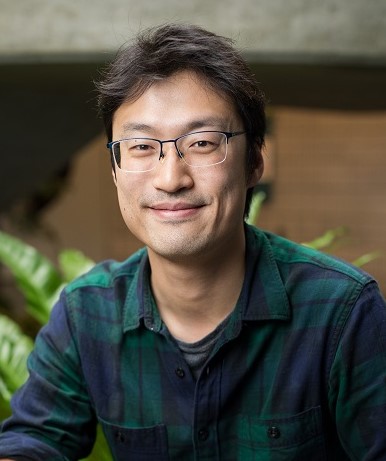 Fay-Wei Li
Fay-Wei Li